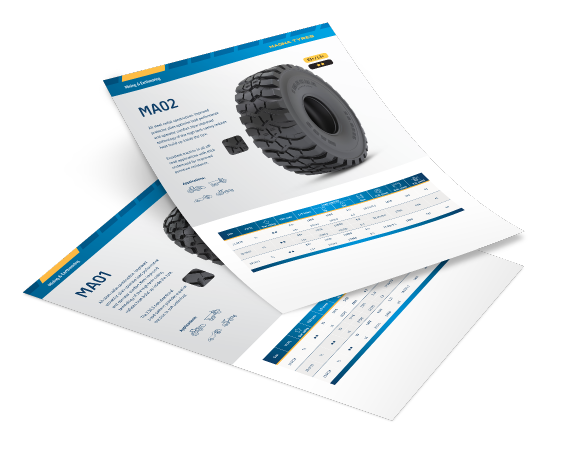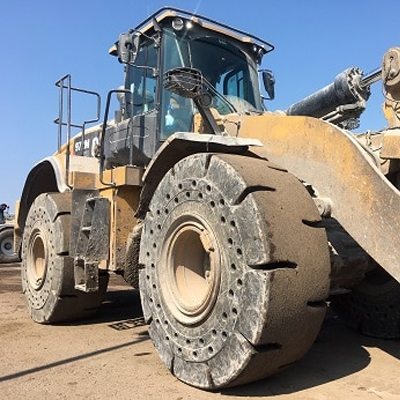We Have 3 OTR Tire Construction Methods
You know Magna Tyres can supply most tires for your operation. Did you also know we have 3 OTR tire construction methods? We divide our product range in eight main categories such as earthmover, construction, industrial and truck tires. Each of these applications have their own demands and specialized needs. Therefore our OTR tires are constructed in various different methods. This way, our tires can deal with every challenging situation ahead. Magna Tyres stand for a long-lasting usage and optimal performance.
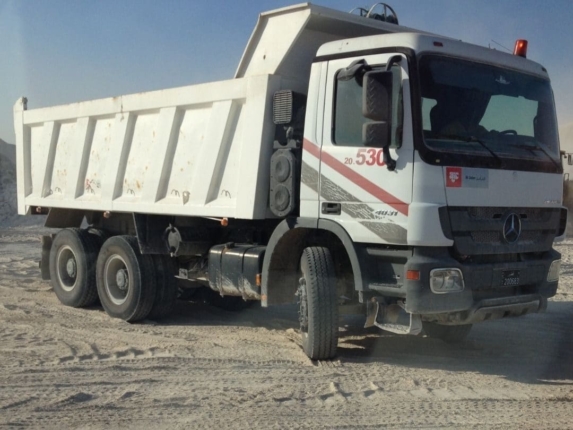
Radial Tires
Rubber is the obvious main component of a tire, but underneath there is more. A tire consists of various materials that ensure the tire will perform like it was designed to do. Radial tires are mainly developed to be more shock absorbent for uneven (Off-The-)Road surfaces.
Magna Tyres’ radial tires are constructed with a series of steel cords that run across the thread from bead to bead. We place these steel cords in a parallel manner and form the first structural layer of the tire. On top of the bead wires we place a belt across the casing. Because of the manner in which we place the steel cords on top of each other, the sidewalls remain quite flexible.
Apart from the more flexible nature, some other key characteristics of radial tires are an improved steering and road contact. The radial tires also generate less heat at higher speeds and reduce fuel consumption.
Unfortunately, the flexible sidewall does make the radial tire more vulnerable for side impact damage. Radial tires lean more towards road transport and lighter off the road applications rather than heavy duty work. Luckily, we have different construction methods for those applications too.
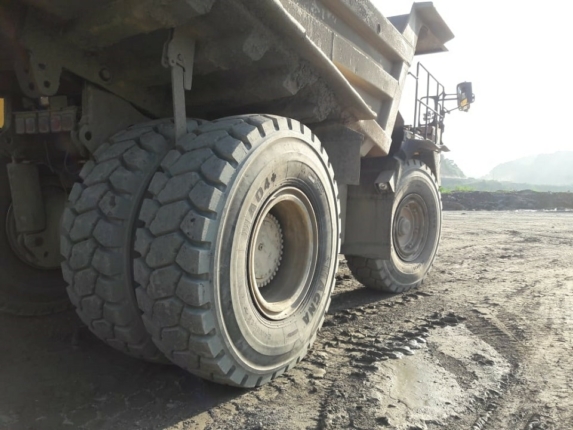
Bias / Diagonal Tires
Bias tires are also known as diagonal tires. Diagonal refers to their construction method. We place the cords at an angle of approximately 30 to 40 degrees instead of placing the steel cords in a straight manner. On top of the cords, we lay plies of nylon cord at opposing angles to construct a crisscross pattern for additional strength. Thanks to this construction method, bias / diagonal tires have a smoother ride on rough surfaces and can handle heavier loads
Industries such as mining and earthmoving predominantly use bias / diagonal tires. The tires are more stable under load and are less vulnerable for side impact damage. A downside to this construction method is that due to the rigidity and higher rolling resistance, bias / diagonal tires heat up faster when driving at a higher speed and have a higher fuel consumption.
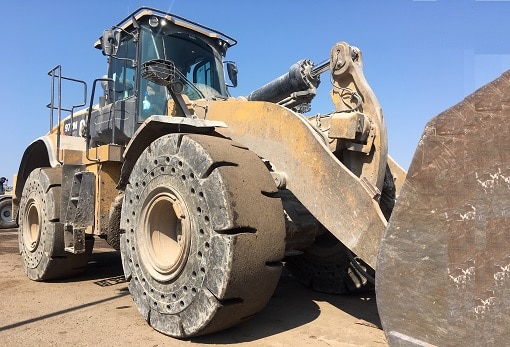
Solid Tires
Both radial tires and bias tires are pneumatic, which means they need air inside to operate. As the name suggest, solid tires are not air filled but consist of solid materials. This construction method has multiple benefits such as puncture-resistance, stability and a very high loading capacity.
Solid tires are the perfect companion for machinery such as forklifts operating in logistic centers, but also larger dozers operating on sites with a high puncture-risk such as landfill and waste recycling areas.
The right OTR tire for your application
We have suitable OTR, Port-Handling or TBR tires in nearly every size and for nearly every application. We developed our tire selector to be as efficient as possible for you to select the right Magna Tyres tire for your machinery.
Unsure what size or tread pattern fits your machine? We can help you to learn how to read tire markings or contact us and we will gladly help you to stay on the move with our best OTR tire solution!
